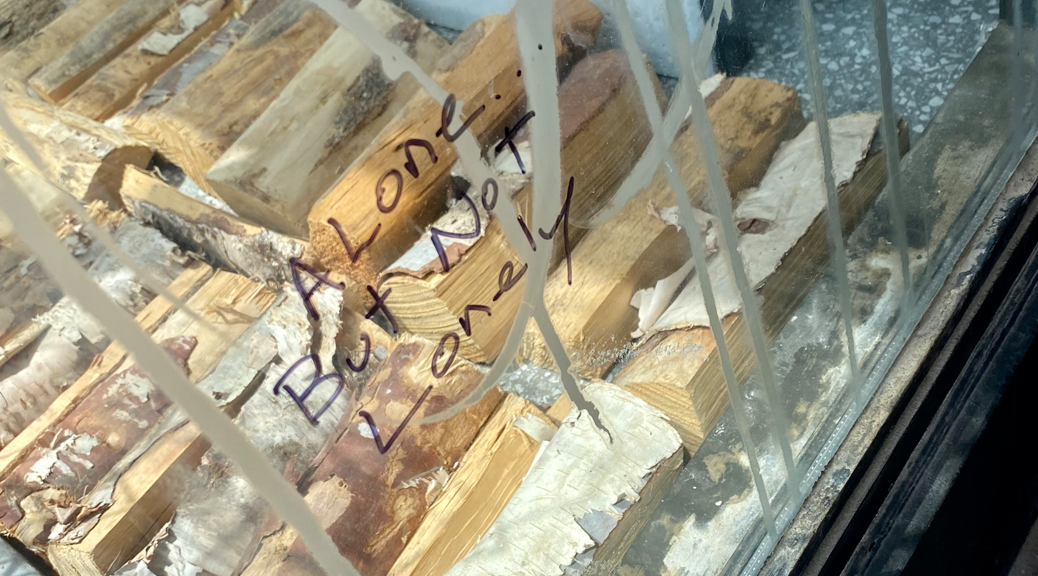Nicole Land
We have spent the last two months working at reading the context of each COVID classroom – and feeling the power, dismay, and irregularity in referring to classrooms for their context amid ongoing pandemic ebbs and flows. It feels strange – and maybe it always should – to ask “what matters in this classroom in viral times?”. This is a question of method (how do we pay attention differently during viral times?) as much as it is of curriculum-making (how do we participate with children in the crafting of a relevant, meaningful, ever shape-shifting curriculum in dialogue with viral worlds?). Since a thread of this project is to imagine how we might collaborate digitally when our researcher and educator co-researcher bodies cannot physically meet in the same room, we have been experimenting with keeping what we are calling a “Running Chat”; a Google Doc where we put our writing-on-the-move and note connections or dwell in the disjunctures of what we notice differently in education spaces right now. We gathered over Zoom this week to re-turn, to revisit, what we have written so far in the Running Chat and to look toward some concepts that we want to work at for the last few months of our viral pedagogies project (although we know the project will live well past the day our funding runs empty). What is emerging for us is a profound focus on community-making as a question of living well together: how do we come together now? How do we think about creating more livable worlds and community together with children in viral times, when we are in and of COVID worlds?
Continue reading Community within Viral Times








